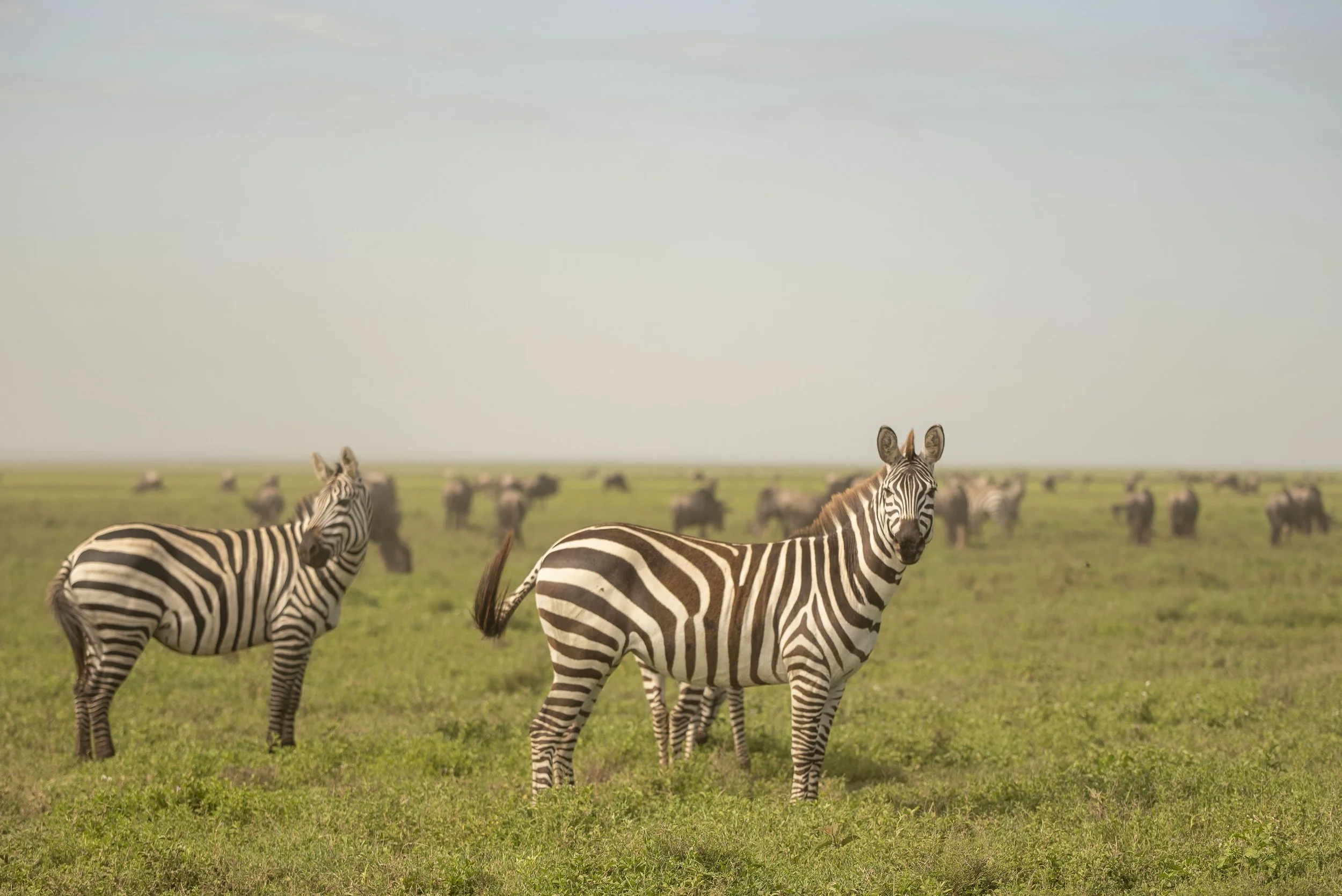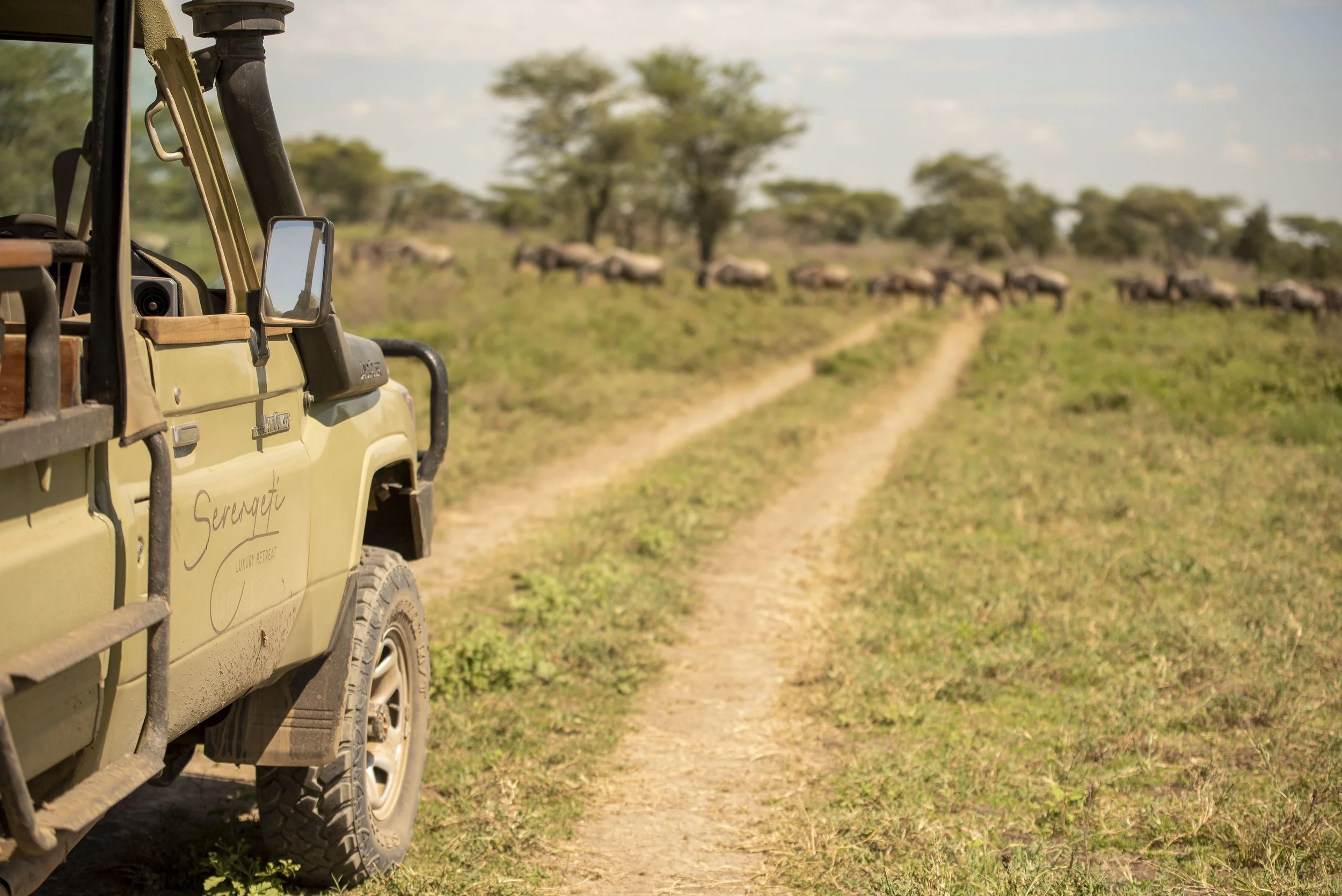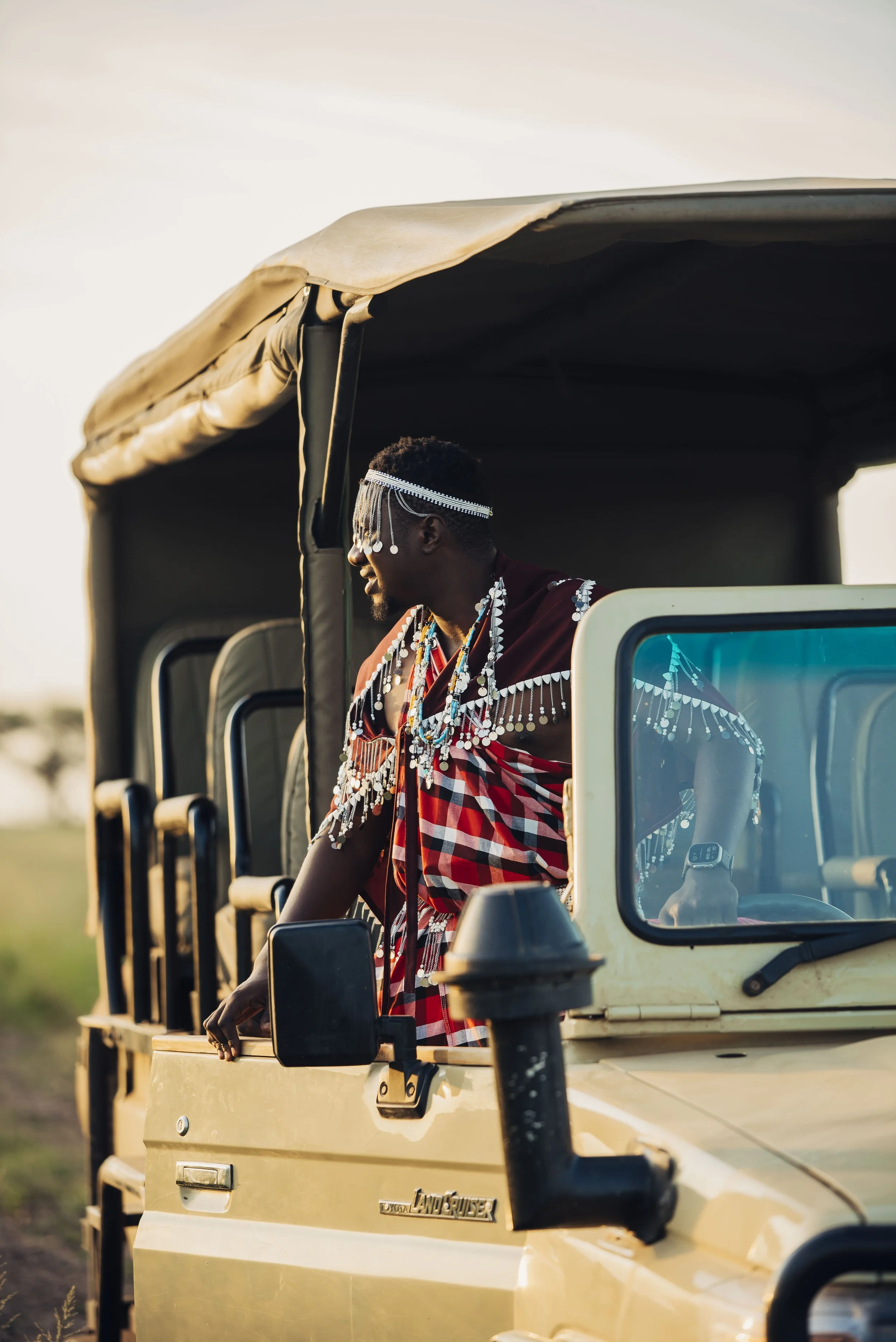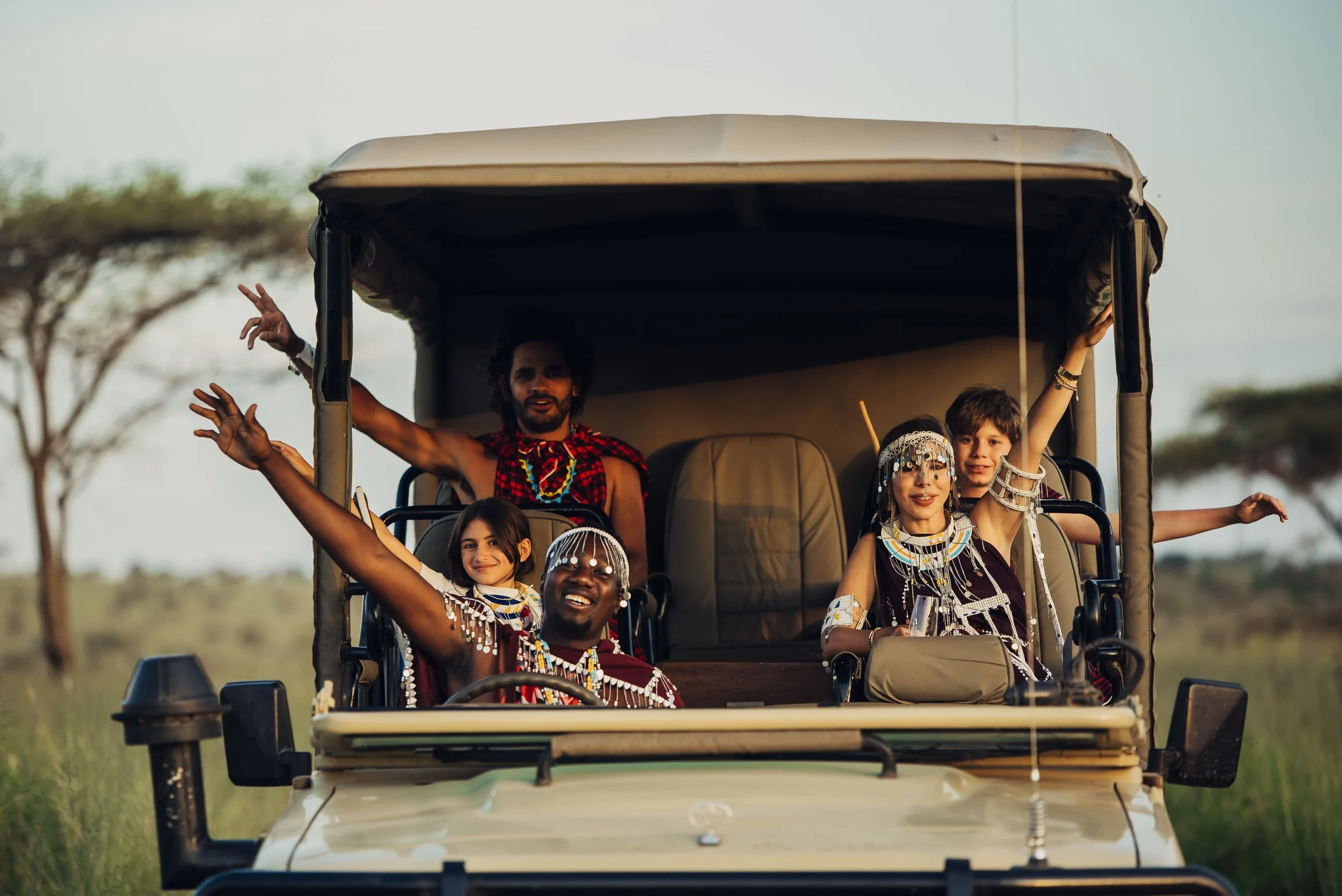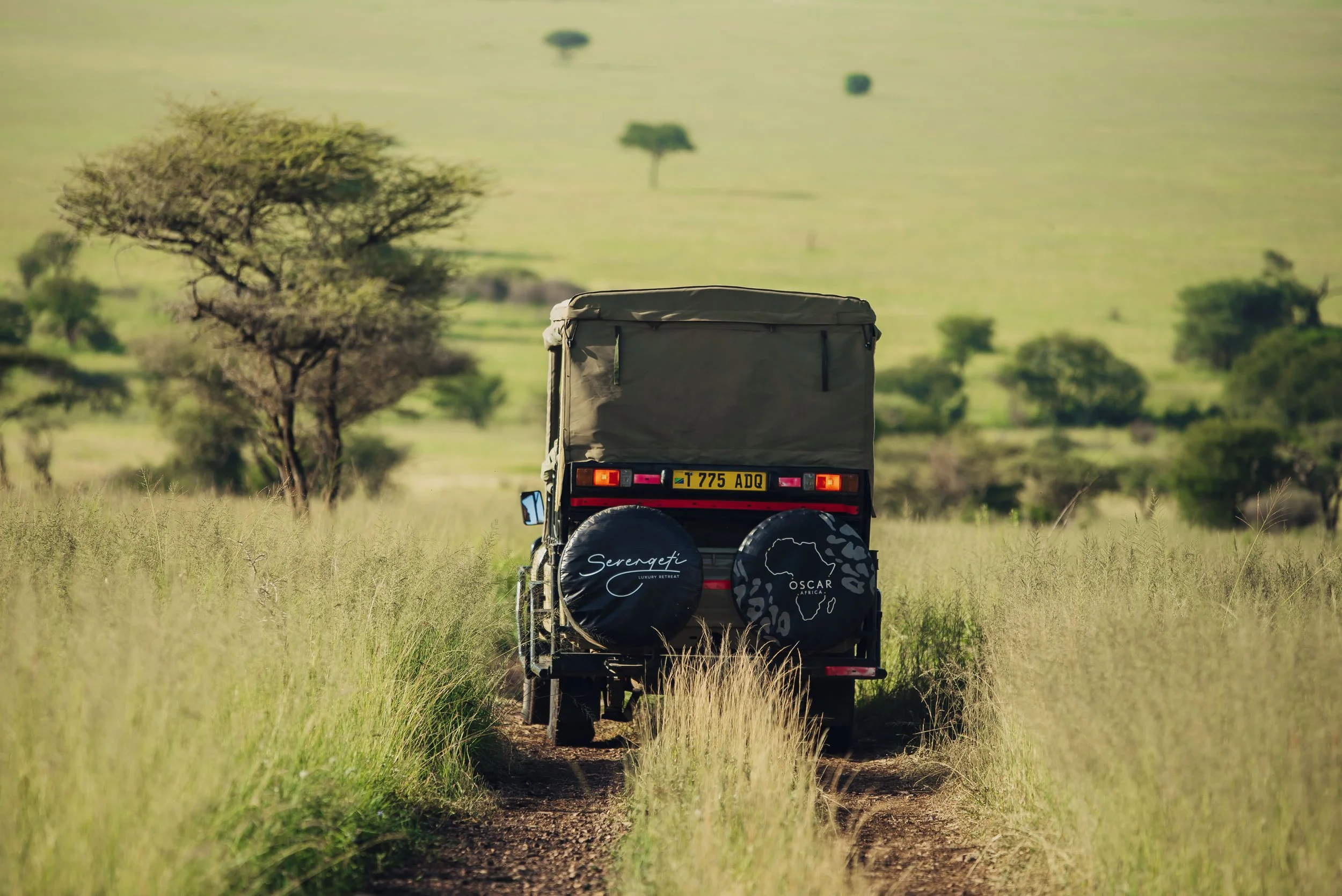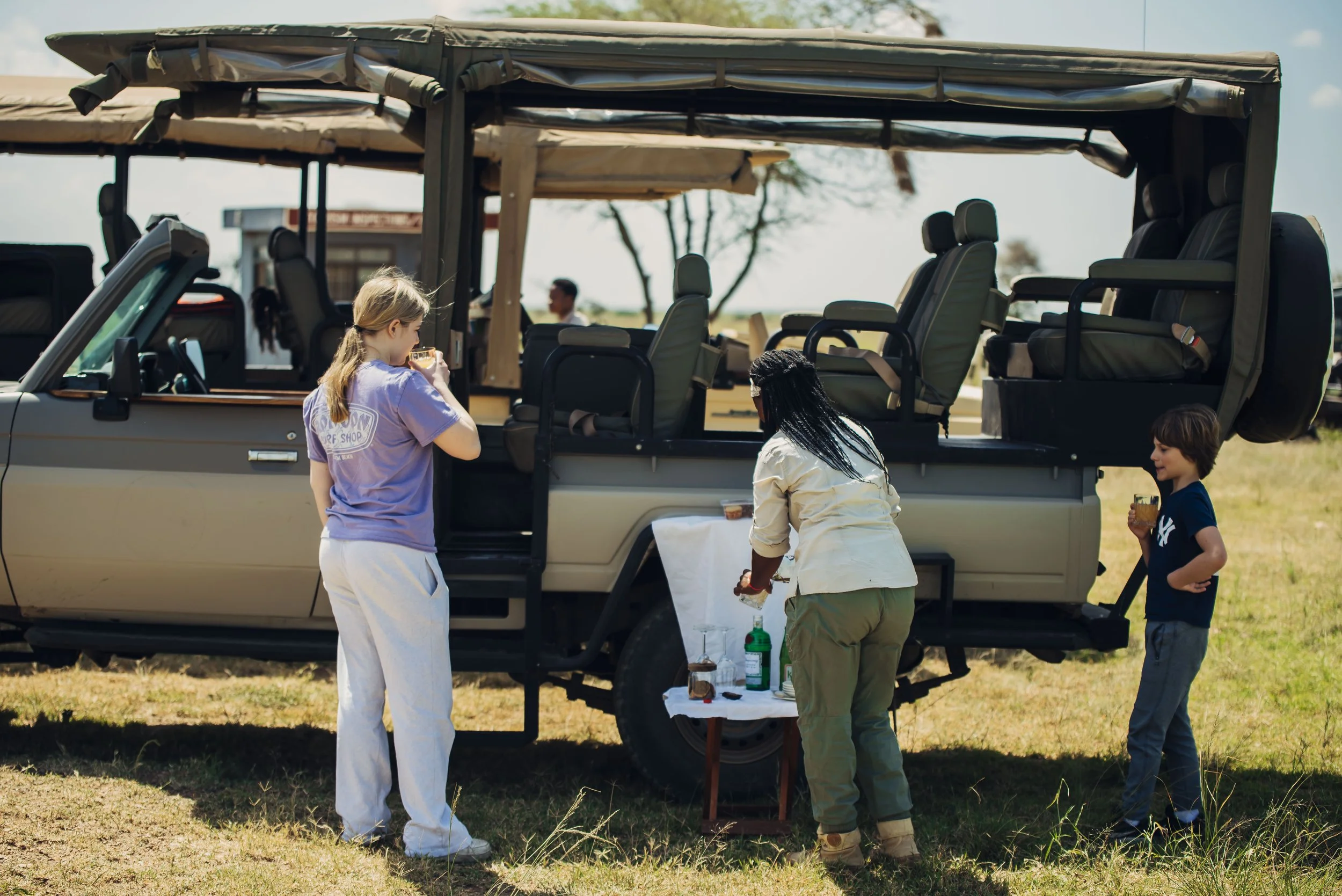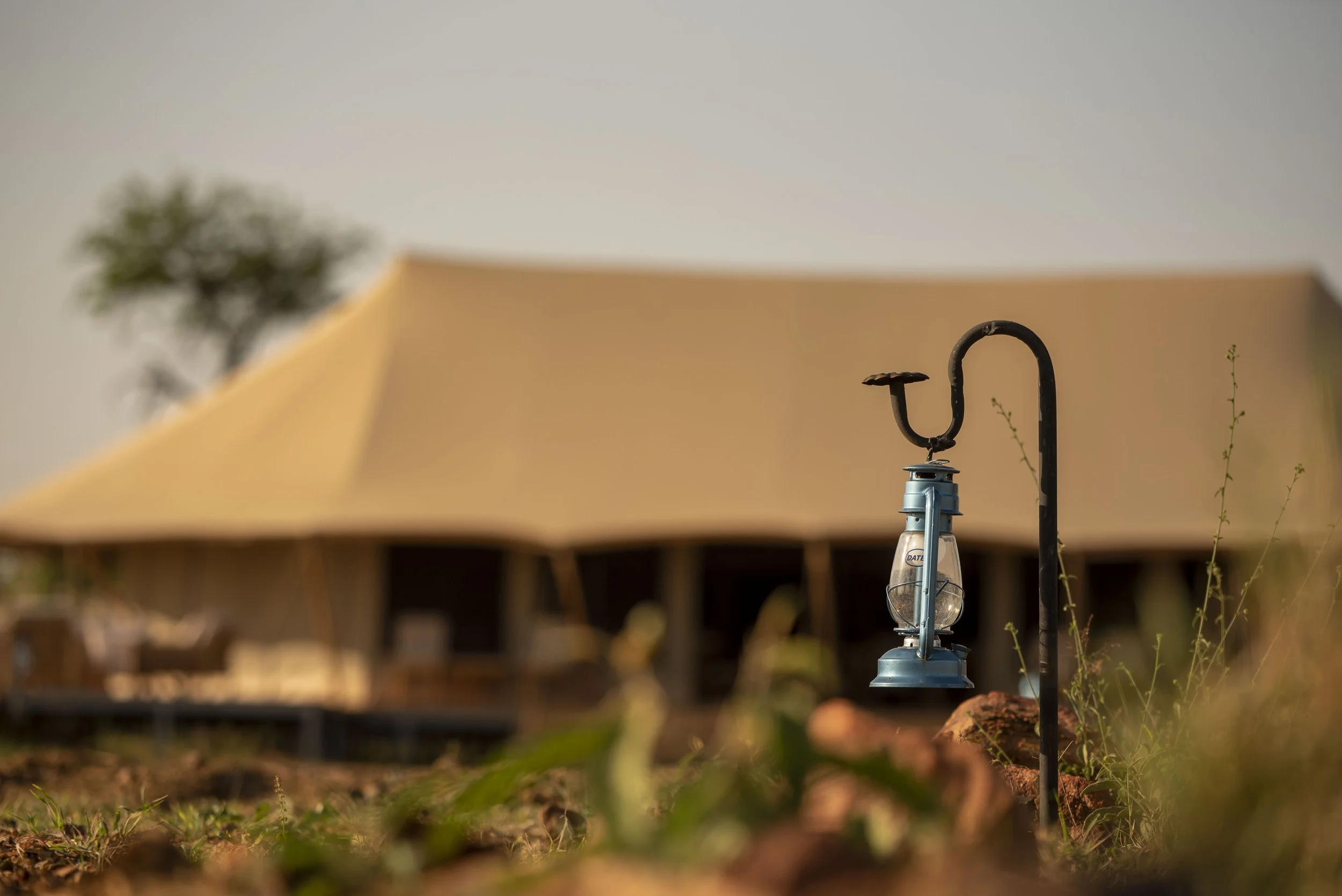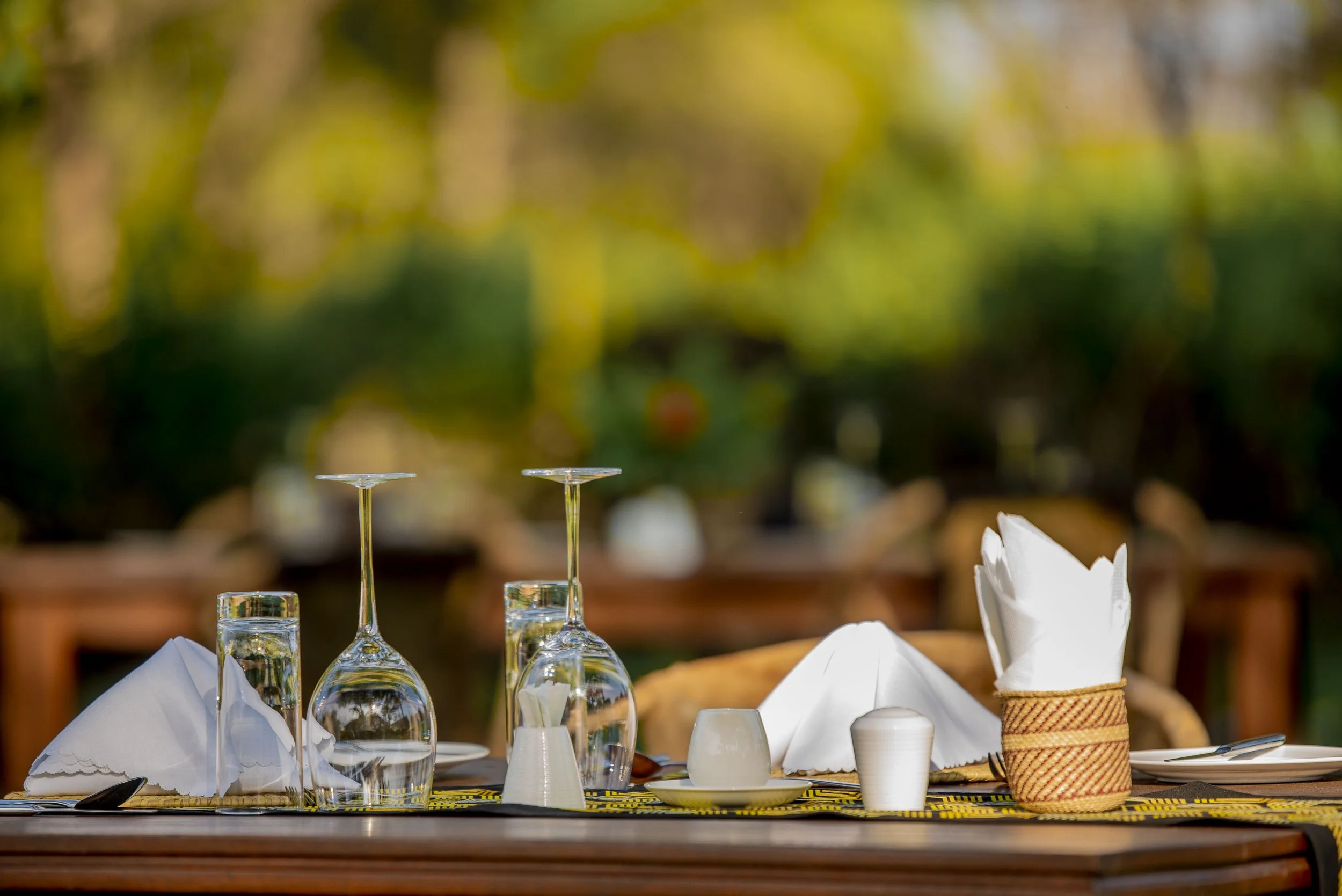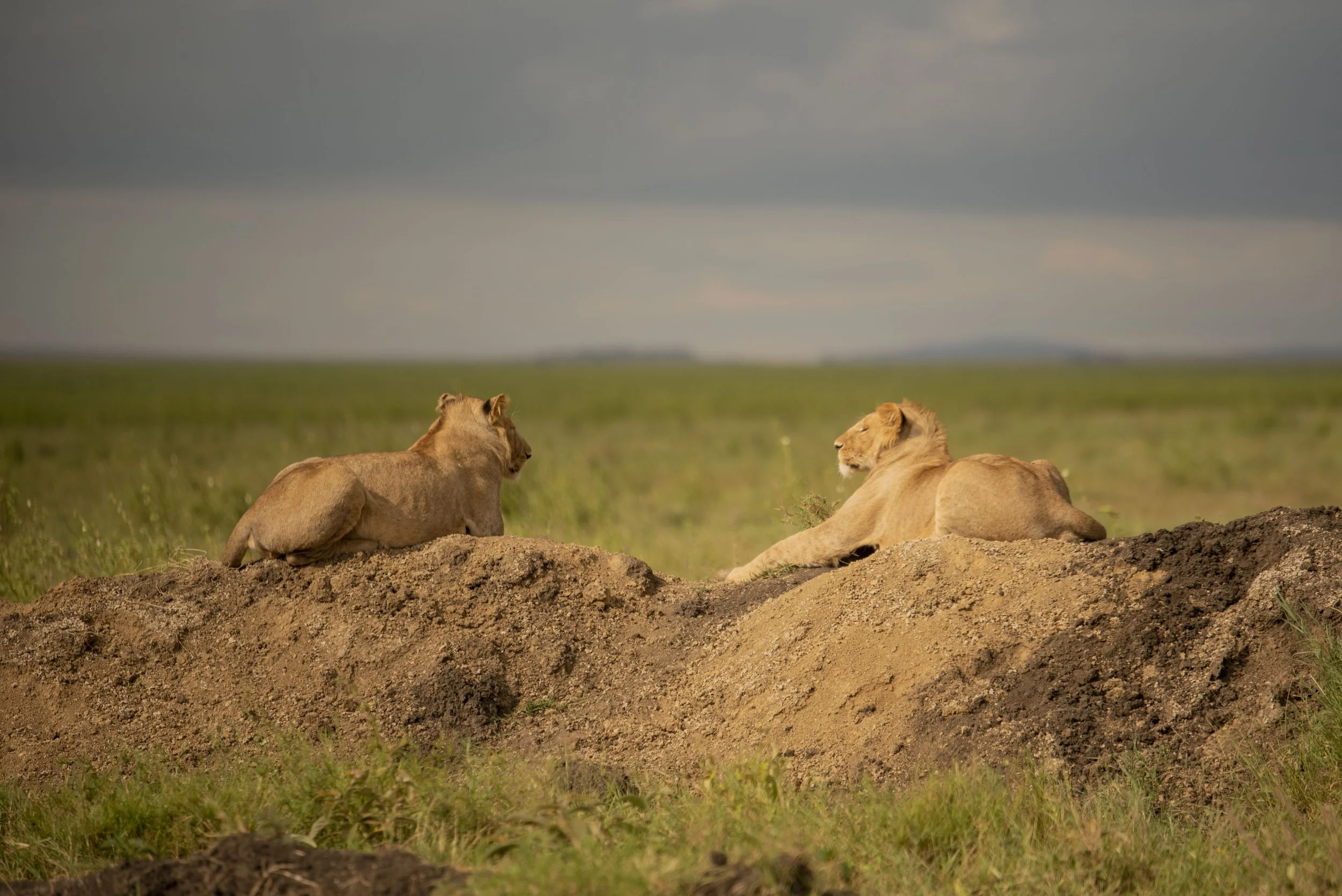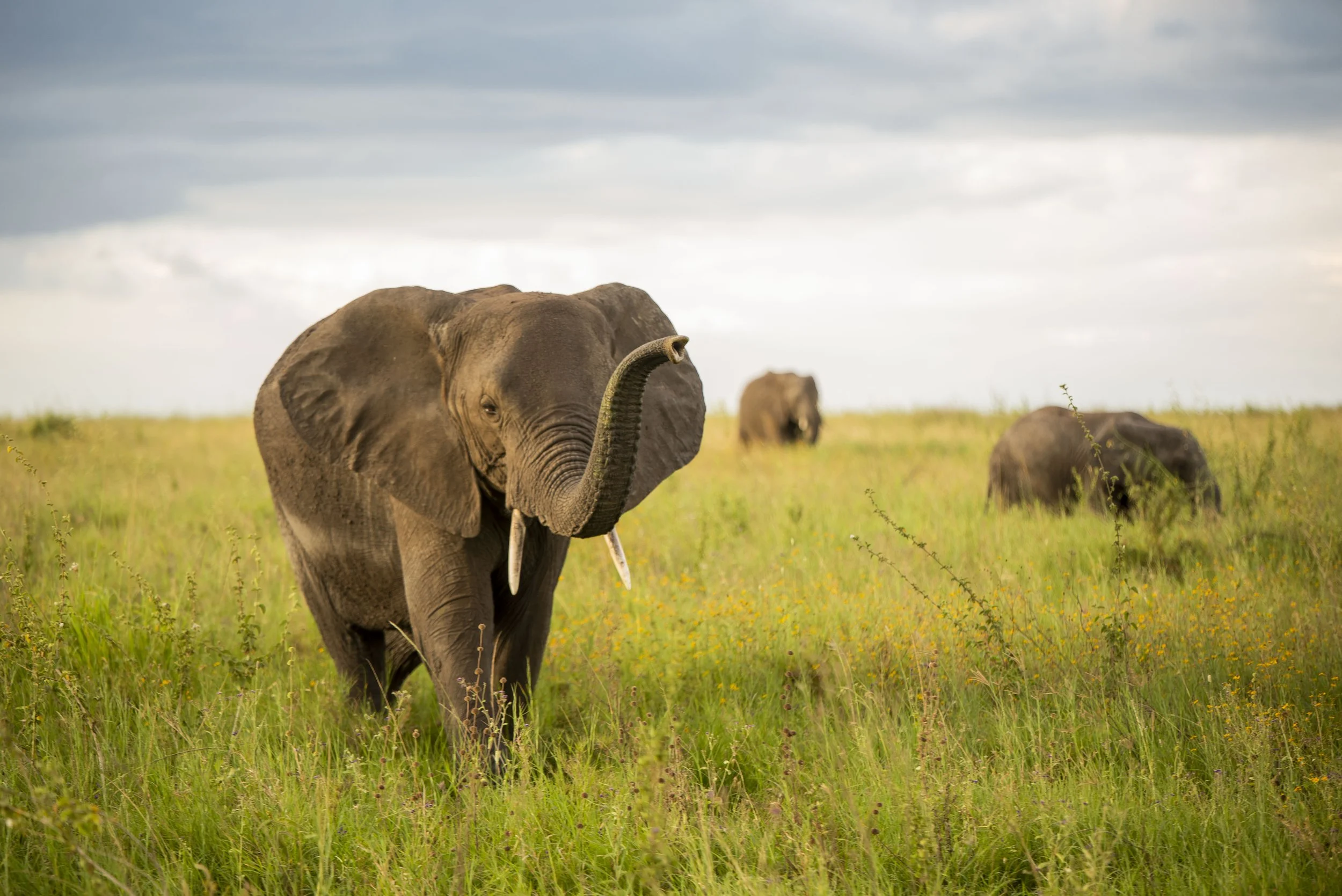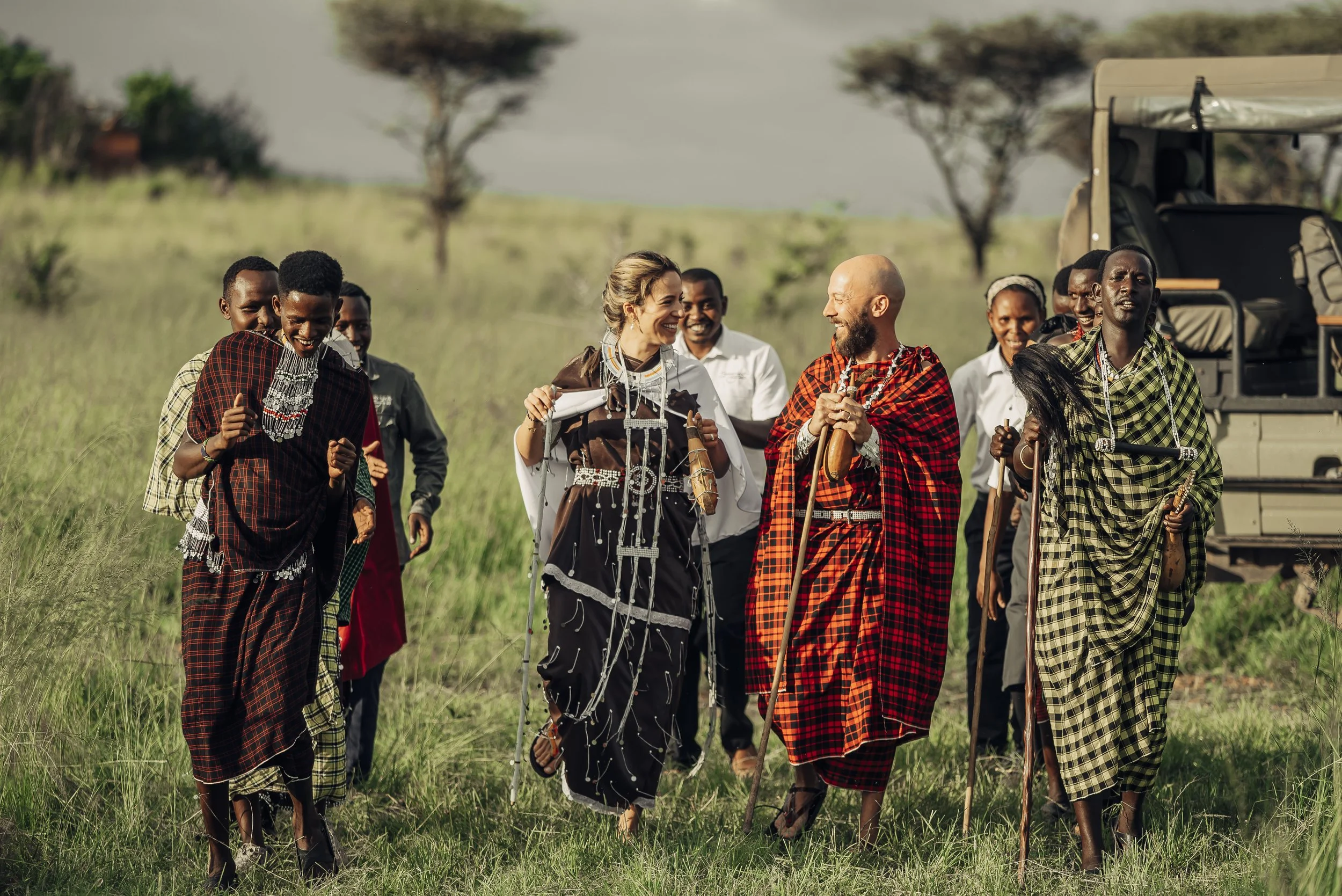
NGORONGORO CONSERVATION
Africa’s Eden in a Crater
About NgoroNgoro Area
A UNESCO World Heritage Site and one of Africa’s most iconic safari destinations, the Ngorongoro Conservation Area covers 8,292 km² in northern Tanzania. Its centerpiece, the Ngorongoro Crater, is the world’s largest inactive volcanic caldera, spanning 260 km² with walls rising up to 600 meters. This unique ecosystem supports an incredible density of wildlife, including the Big Five, and offers some of the easiest game viewing in Africa.
Unlike national parks, Ngorongoro is a multiple land-use area, where wildlife coexists with the semi-nomadic Maasai people, preserving both natural and cultural heritage.
Highlights:
Ngorongoro Crater – home to over 25,000 large animals in a concentrated area.
Big Five sightings – lion, leopard, elephant, buffalo, and black rhino.
Rare black rhinos – one of the best places to see them in Tanzania.
Stunning landscapes – crater floor grasslands, Lerai forest, soda lakes, and highland views.
Cultural encounters – visit Maasai villages and learn about their traditions.
What to Carry for Your Ngorongoro Safari
Clothing & Footwear:
Warm jacket or fleece for early mornings and crater rim chill
Neutral-colored safari clothes
Comfortable closed shoes or boots
Hat and sunglasses
Best Time to Visit Ngorongoro
Ngorongoro offers year-round wildlife viewing due to its permanent water sources, but seasons affect conditions and experience:
June – October (Dry Season): Best for game viewing with short grass and concentrated animals. Clear skies and cooler mornings.
November – May (Green Season): Lush, beautiful landscapes and excellent birding. Calving season (Jan–Feb) offers predator action in the wider Ngorongoro ecosystem. Roads may be slippery during long rains (Mar–May).
Tip: Mornings are often cooler and misty on the crater rim, so carry warm layers even in dry months.
Gear:
Binoculars for spotting distant wildlife and birds
Camera with good zoom for rhino photography
Daypack for water, snacks, and essentials
Sunscreen and insect repellent
Activities in Ngorongoro Conservation Area
Crater floor game drives – see dense populations of wildlife in a single day.
Walking safaris in the highlands (with an armed ranger).
Cultural visits to Maasai bomas (villages).
Olduvai Gorge – archaeological site known as the “Cradle of Mankind.”
Birdwatching around Lake Magadi and Gorigor Swamp.
Hiking to Empakaai Crater and Olmoti Crater for breathtaking views.
Accommodation Options
Luxury Lodges – perched on the crater rim with sweeping views (e.g., &Beyond Ngorongoro Crater Lodge).
Mid-range Lodges & Tented Camps – inside or near the conservation area.
Budget Campsites – public and special campsites for adventurous travelers.
Karatu Town – just outside the area, offering a range of affordable stays.
Travel Tips for Visitors
Only one descent into the crater per day is allowed, so plan your timing carefully.
Start early to catch predators before the midday heat.
Carry layers – the crater rim is much cooler than the floor.
Book lodges early in high season; rim-view properties are in high demand.
Combine with Serengeti for a complete northern circuit experience.
Travel Essentials:
Passport & park permits
Cash in USD for tips or cultural visits
Travel insurance details
Personal medication and reusable water bottle
Wildlife You Can Expect to See
Big Five: Lion, leopard, elephant, buffalo, black rhino.
Other Mammals: Hippos, wildebeest, zebra, gazelles, eland, hyenas, jackals.
Birdlife: Flamingos (seasonal), crowned cranes, ostriches, kori bustards, raptors.
Special Sightings: Serval cats, bat-eared foxes, rare antelope species.
Park Fees & Access
Location: About 3–4 hours’ drive from Arusha, often combined with Tarangire, Lake Manyara, and Serengeti safaris.
Entry Fees (NCAA rates, subject to change): Around $71 per adult per day (non-resident, high season) + crater service fee (~$295 per vehicle for a single descent).
Getting There:
By Road: Via well-maintained routes from Arusha and other northern circuit parks.
By Air: Flights to Lake Manyara Airstrip, then a short drive to the crater.
